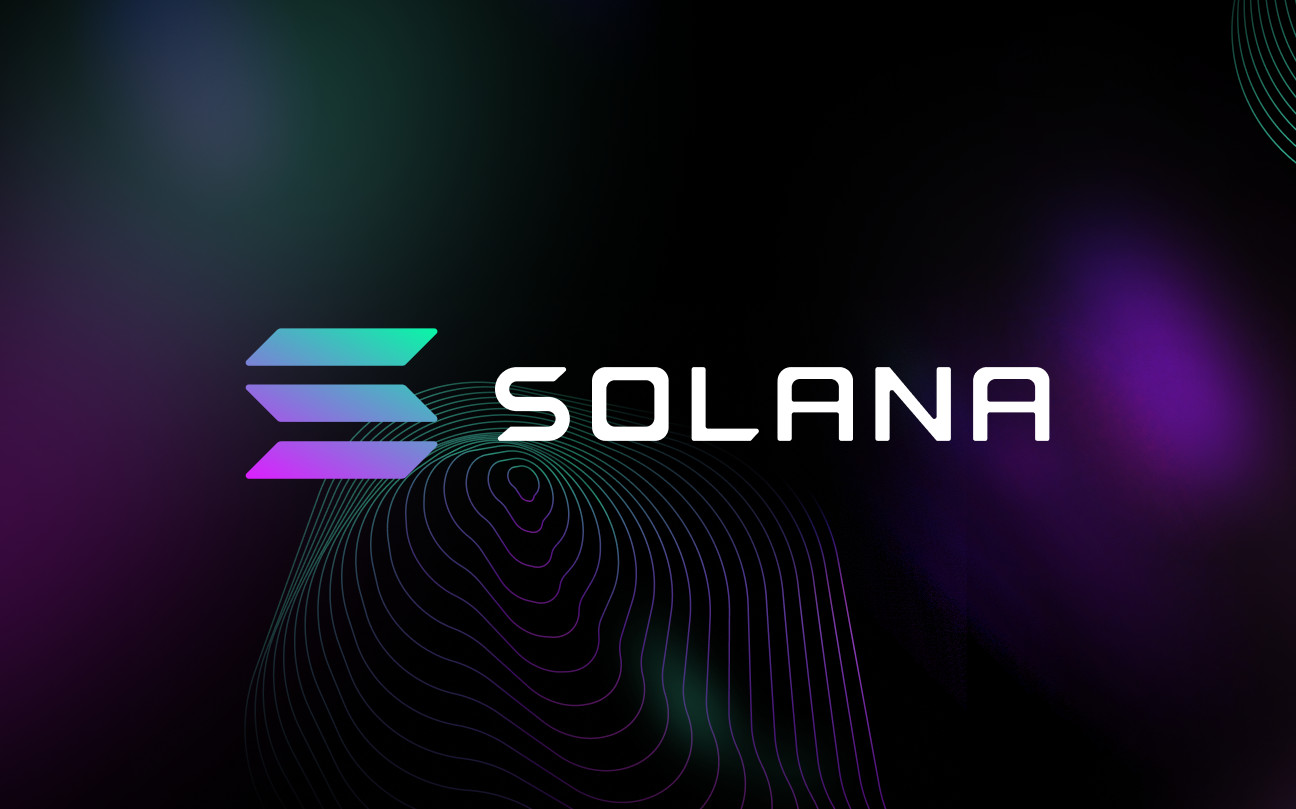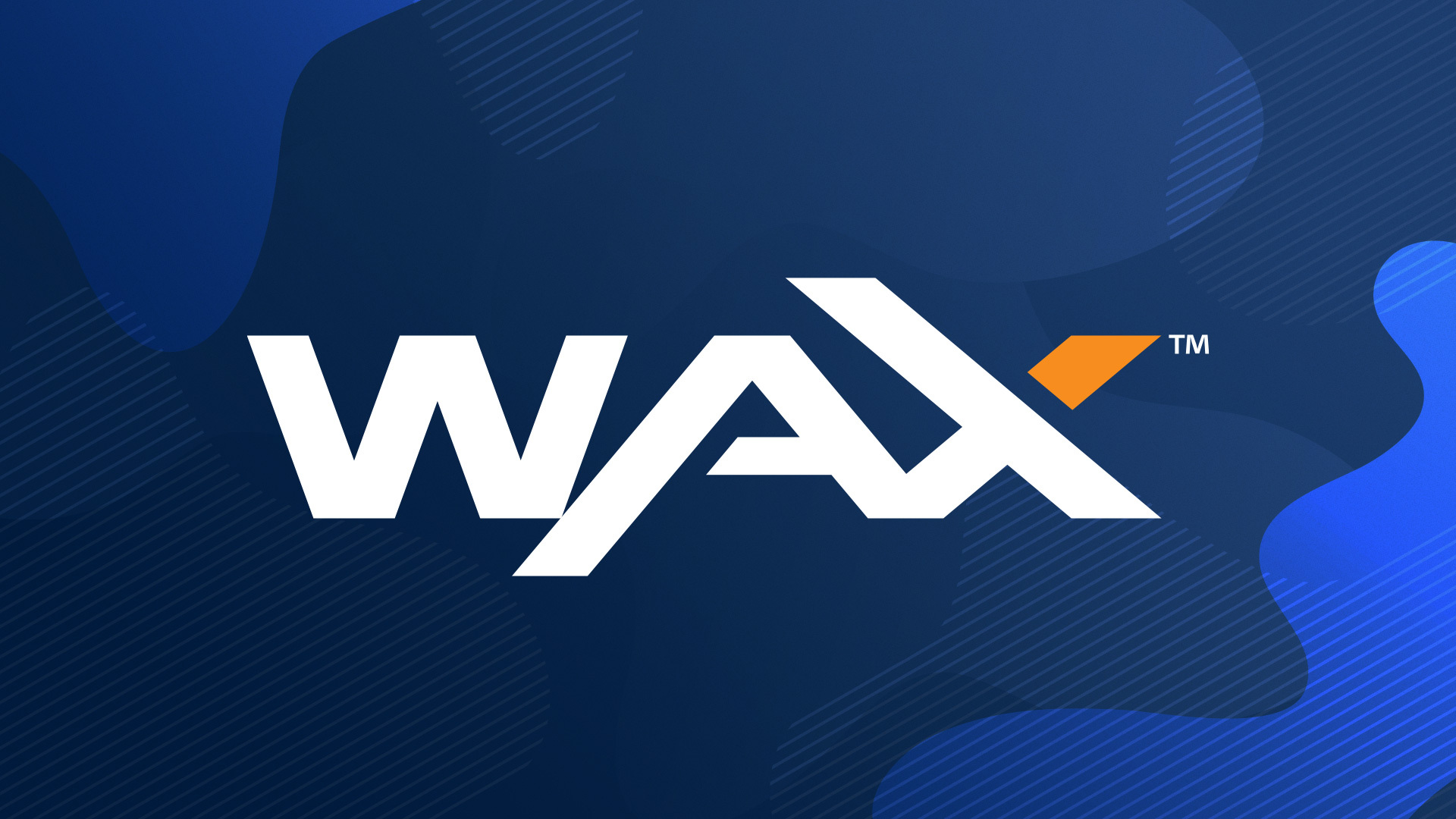Below is an overview of what you need to get started buying NFT art and collectibles on the leading blockchains, or ecosystems. Even though we don’t need to concern ourselves with the underlying blockchain technology, we do need to know which tools to use in each ecosystem. Luckily for us, the overall buying process is more or less the same:
-
Buy the NFT ecosystem’s native cryptocurrency on an exchange like Binance or Coinbase.
-
Create a personal ‘wallet’ and load it with your new cryptocurrency.
-
Go to one of the NFT marketplaces and connect your wallet, typically done with the click of a button in the top right corner.
-
Find an NFT you like, buy it, and admire it in your wallet!
Many new NFTs are launched on their own websites rather than the marketplaces, buying on a project’s own website works in more or less the same way as on a marketplace.
Aside from Ethereum, which stands out from the crowd, the following ecosystems are listed in no particular order.
Top 3 NFT Ecosystems to choose from
Ecosystem #1: Ethereum Ethereum is the undisputed king in the cryptosphere. This is the blockchain that most artists and creators choose to create their work on top of and where you’ll have by far the most marketplaces to choose from and other market participants to trade with. Due to the fact that a huge number of NFTs have been created on the Ethereum blockchain over the past year, gas fees have also increased. This led to the rise of Solana, a competitor to Ethereum, as well as the emergence of the Ronin side chain. But Ethereum is working on a solution to this situation and is preparing to switch to the proof-of-stake (PoS) algorithm. After that, presumably, the network will become more scalable, and gas charges will decrease.
When you buy an NFT made on Ethereum you typically pay with the native currency called ether or ETH. ETH can be purchased with dollars, euros, or another traditional currency on exchanges like Binance and Coinbase. Once you’ve done this, you will need to transfer your ETH to a wallet which will also serve as storage for your NFTs. Some marketplaces require payments in something called ‘wrapped ethereum’, or wETH. These have exactly the same value as regular ETH and the conversion from ETH to wETH is typically very intuitive and done on the marketplace itself.
The go-to wallet in the Ethereum ecosystem is MetaMask, where most people use, and the only one that’s supported by all the marketplaces. MetaMask has a great Chrome plugin and an app for both iOS and Android. The app’s built-in browser makes it super convenient to buy NFTs on your phone.

Ecosystem #2: Solana Solana is one of the biggest contenders to Ethereum’s position in the NFT space. At the launch of Solana, it was stated that it would be a blockchain focused on financial transactions, having a faster transaction processing speed and less overhead than Ethereum. While this is still the main feature of the project, NFTs have also become an important part of the Solana ecosystem .
Similar to ETH and all the other currencies, the native currency of Solana is SOL, you’ll need to buy this on an exchange like Binance or Coinbase.
Solana has five marketplaces, Solanart, Magic Eden, Solana Monkey Business, DigitalEyes Market and Solsea.

Ecosystem #3: WAX WAX, a blockchain that was created specifically for NFTs, supports any spectrum of NFT activities: games, marketplaces, dApps and exchanges can all run on a decentralized blockchain system.
The WAX blockchain has its own native currency called, well, WAX. What’s important to note here is that when you buy the WAX currency on an exchange, the token is actually called WAXP, available on Binance and other exchanges. The best wallets for WAX are the WAX Cloud Wallet and Anchor.
Two best options when it comes to marketplace in the WAX ecosystem are AtomicHub and NeftyBlocks.

線上諮詢
與我們合作,馬上展開全新的創作里程碑
- 📅 立即預約,30 秒完成!
- 🎯 與創辦人 1 對 1 交流,獲得專屬建議! 🎯 與創辦人 1 對 1 交流!